Japan’s transportation system is one of the most efficient and convenient to use and isn’t limited to big cities. It’s on time down to the last minute most of the time, if not always. To make your train transit smoother, Hyperdia will help you navigate Japan’s complex train system easily.
Hyperdia is a handy website to check regularly while traveling around the country. The site displays possible routes and timetables of the transportation you might want to take when going from point A to B. Exploring the country on your own or with your friends is easy as long as you use this site to find times that fit your itinerary.
The site will be your friend when visiting as a tourist because many of the attractions in each region are near train stations. It’ll be easy to find transport from Tokyo to Osaka and vice-versa, and even schedules within the city. Just input a place you might be coming from and your chosen destination; the site will then display available trains and other transportation options if there are transfers in between, the fares, and how long the trip may take.
Newbies may find using the site intimidating because they may not know where to start and how to navigate it. Here is a tutorial to help you use Hyperdia. Note: This article will only focus on the trains and not the other modes of transportation.
Using Hyperdia
- Go online. To use Hyperdia, you’ll need Internet.
- Enter the website. Input “www.hyperdia.com/en/” to access the English version.
- Input an origin and destination. Know the nearest train station to your current location and your end destination. You can search on Google or Google Maps if you don’t know. After finding the station’s name, input it in its corresponding field. After just typing the first few letters, a list of possible places will appear, select the appropriate one.
- The punctuation marks are important because some station names have a slash, space, and others in between. If you fail to include these, the place you want to reach may not appear on the list.
- Review the station name you put because some users type the incorrect name and end up in the wrong place! Identify the right stop because SHIN-OSAKA Station is not the same as OSAKA Station just to name one example that may cause confusion. Some stations are operated by different companies. In other cases, one station has a different name from another even if they are near each other.
- Another source of confusion is that some stations use the same name. However, Hyperdia tags them differently so that passengers can tell them apart. For example, Nagasaki and Hyogo Prefecture both have a ‘KOBE STATION’ but are in different places. The site will show both after you type in the keyword but it will tag each with either (HYOGO) or (NAGASAKI).
- Choose a date and time. The site automatically loads the current date and time as soon as you enter. Adjust the fields based on the schedules you prefer for your upcoming trip.
- Click ‘More Options’. This step allows you to select possible routes or detours to reach your destination. You can further narrow down your search. When you enter the site and initiate your search, Hyperdia selects all transportation types, even planes, and buses. You can deselect these and just put in your preference, whether it’s by limited express, bullet train or ordinary trains. This feature is helpful especially if you’re traveling on a budget (bullet and express trains are more expensive).
- Click ‘Search’. If you have decided on your destination and point of origin, hit search. The following page will display the routes (five at a time) that match your choices. The site will display the routes based on the earliest time it will reach the destination. However, the topmost option isn’t always the ideal one.
Reminders
Choosing the Ideal Route
The best route will still depend on you — your time, your budget, and your energy. These are the factors to consider when choosing a route.
- Travel time. Just because it is the first to arrive doesn’t mean it’ll get to your destination the fastest. In some cases, the first route option takes longer because a train departs earlier but has more stops.
- Fare. The site will indicate the fare you have to pay at the top part of all the route options listed. You can also see a breakdown of the fare in a column on the right.
- Train transfers. Some route options may reach your destination faster, but the catch is you have to make a handful of transfers. This can be a problem if you’re carrying a lot of bags or are with seniors and/or kids. The site also includes the time it takes to walk from the stop to your next transfer. Consider these as well when choosing a possible route.
- Seat fee. The fares you see are not the same as the SEAT FEE. Many trips just ask you to pay the fare; however, premium trains WILL COLLECT an additional fee for the seat/s. Note: some trains with unreserved seats have extra fees.
- Railway companies. It helps to know the rail companies that operate in your chosen destination because they may stop at a different station or have a different entrance. JR lines are different from Toei and Metro lines within the city; this is just one example of such a case.
- Train types. There are different train types to choose from; some are faster than others, while others go directly to your stop or make multiple stops en route. The types to consider are LIMITED EXPRESS, EXPRESS, LOCAL and RAPID. We’ll go into detail about these below.
Different Types of Trains
Other than the lines you need to take, it is also important to know the type of train you might board.
- Local trains are ones that make a stop at EVERY station; this means it might take a while for you to reach your destination if it is more than 10 stops away.
- Rapid trains skip a couple of stations; they cost the same as taking their local counterpart and use the same platform.
- Express trains skip more stops than the rapid ones.
- Limited express trains stop at major stations only, but they cost more. Waiting an additional couple of minutes for the express or rapid train will save you more time than boarding a local train that’s coming.
Reminder: Only get on a non-local train if it will make a stop at your destination. If you missed your station, it’s going to be a LONG day.
RELATED ARTICLE: How to Use Japan Trains & Train and Bus Etiquette
Japan Rail Pass
The JR Pass will allow you to take unlimited rides within the JR network. It is best for long-distance train travel.
But when is JR Pass worth it? If you are visiting multiple cities in Japan for a period of 7 days or longer. JR Pass covers shinkansen (high-speed bullet trains), which are very expensive. The JR Pass will allow you to take these speedy trains without worrying about the cost. It’s a great buy if you have a busy itinerary spanning multiple cities.
Japan Key Cities
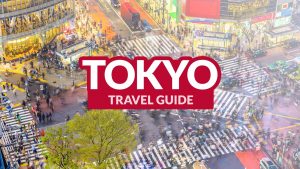 Tokyo |
 Osaka |
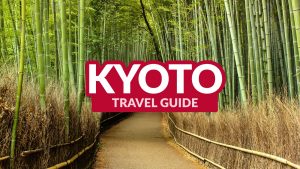 Kyoto |
 Nagoya |
 Sapporo |
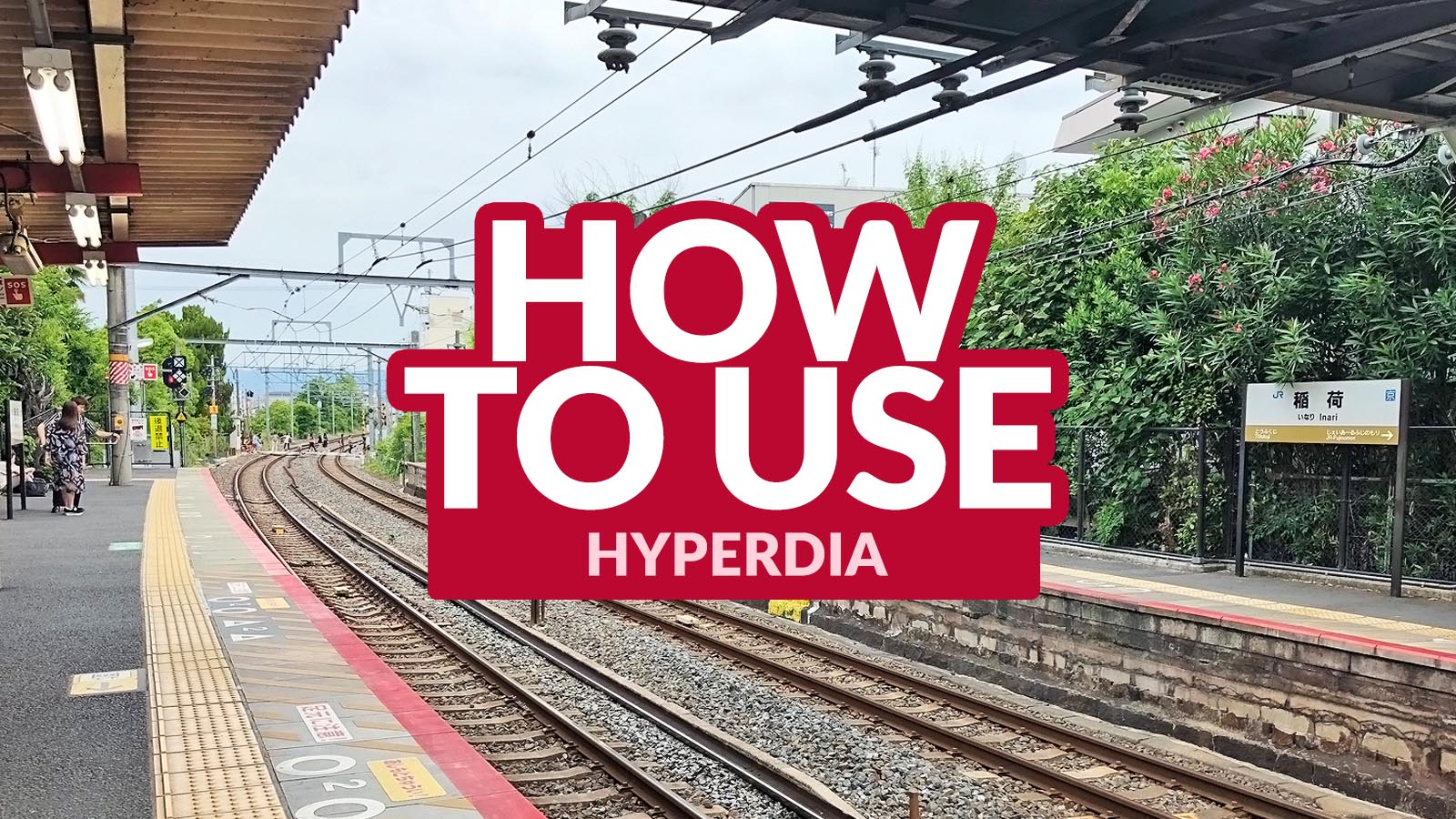
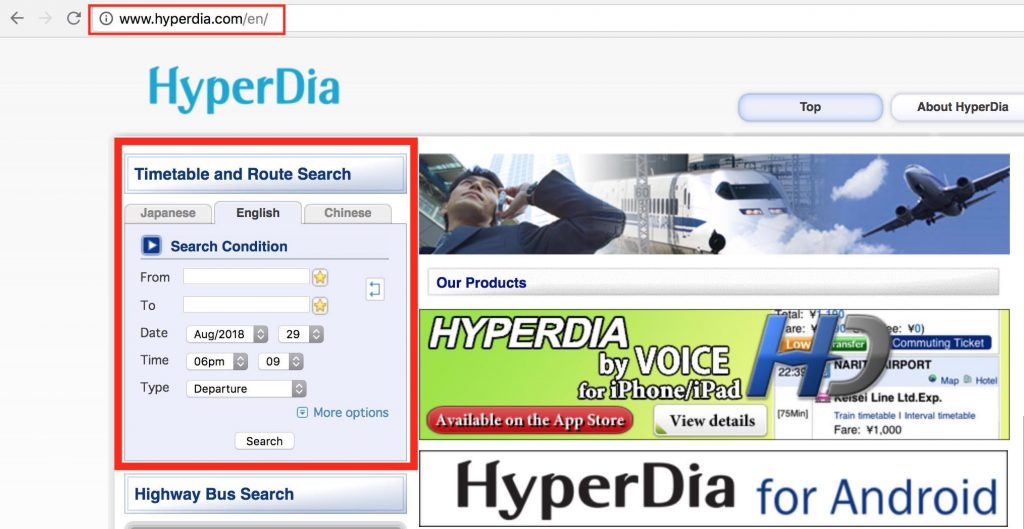
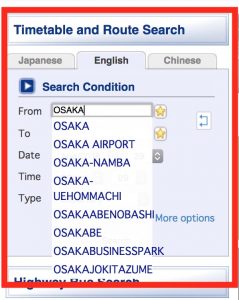
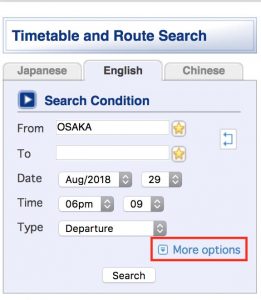
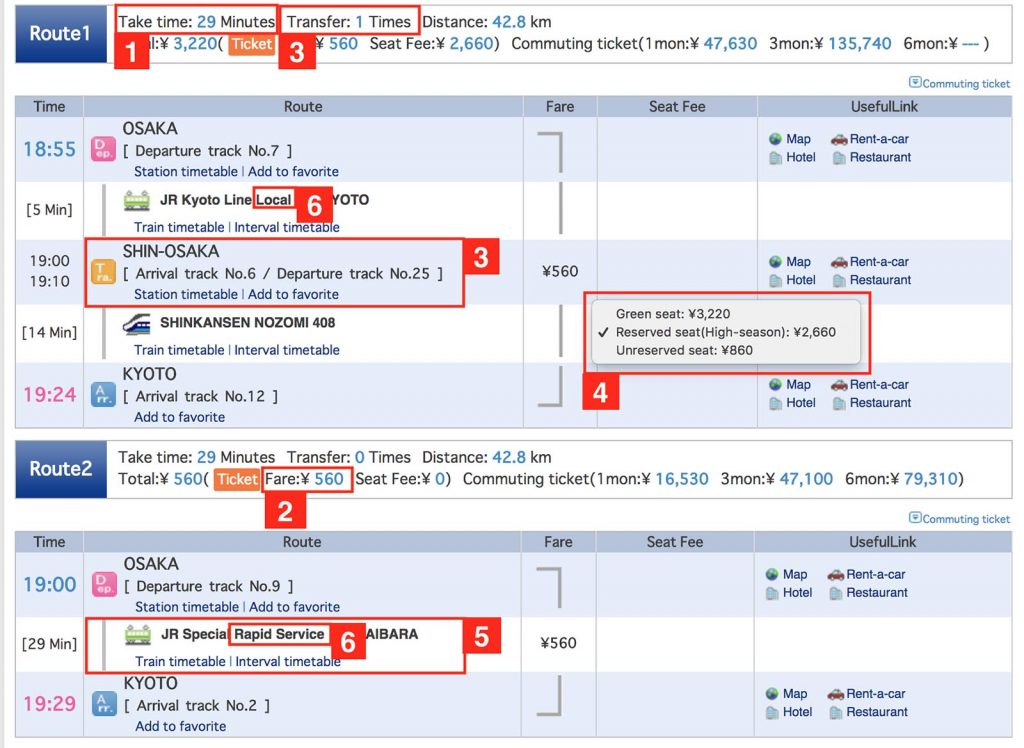
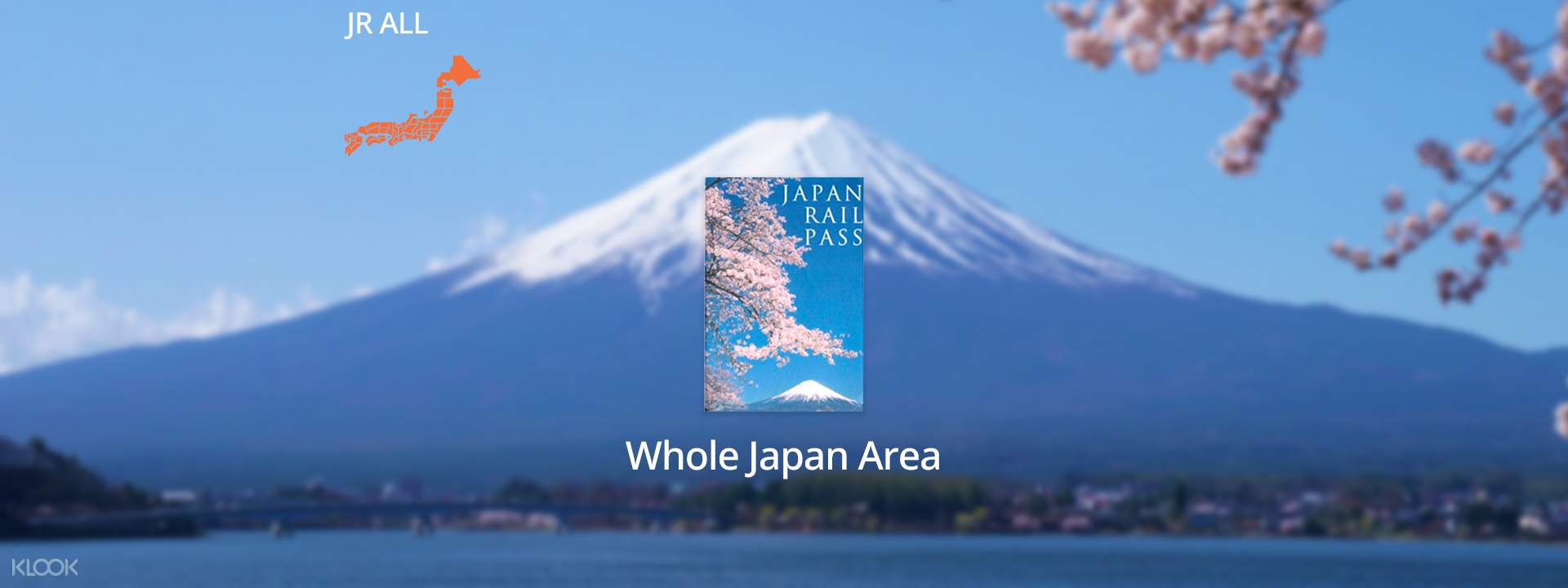
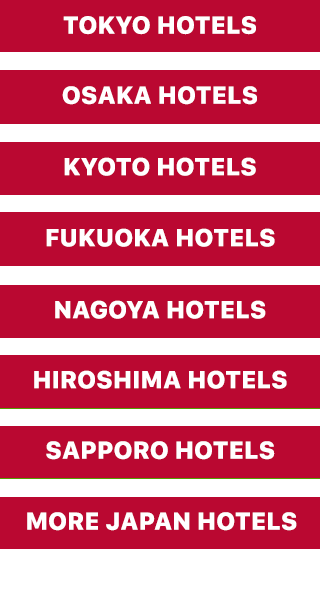






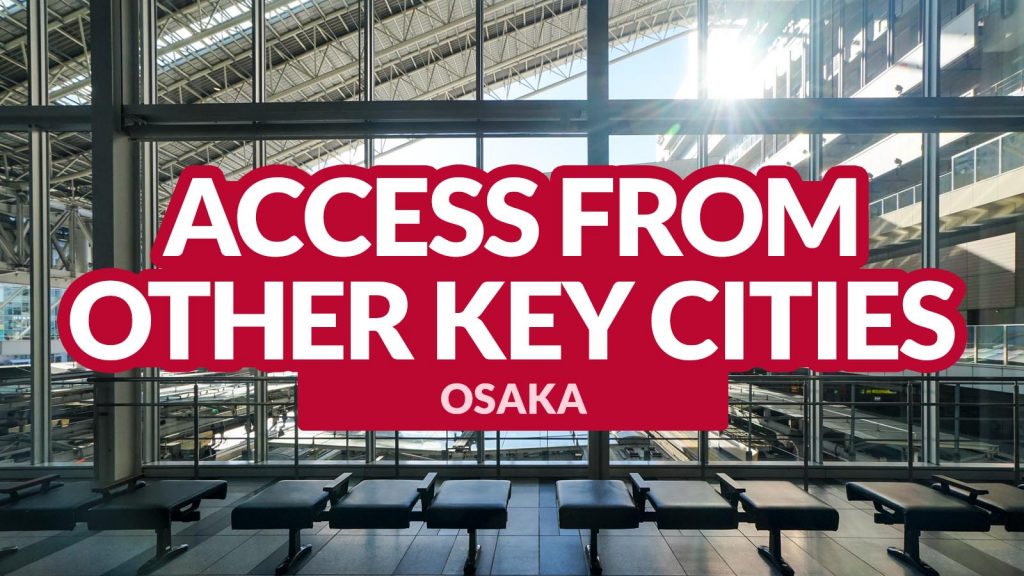

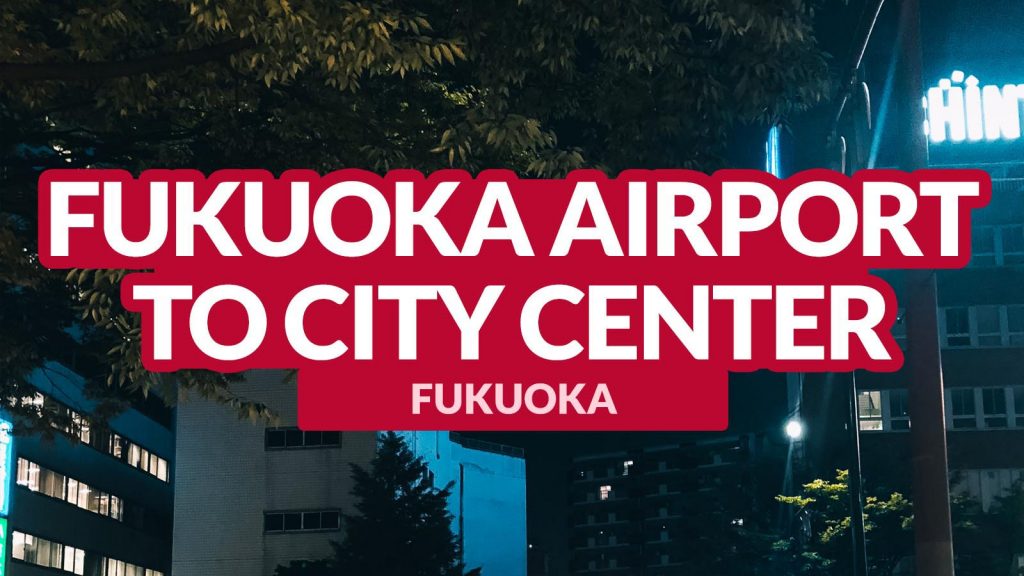
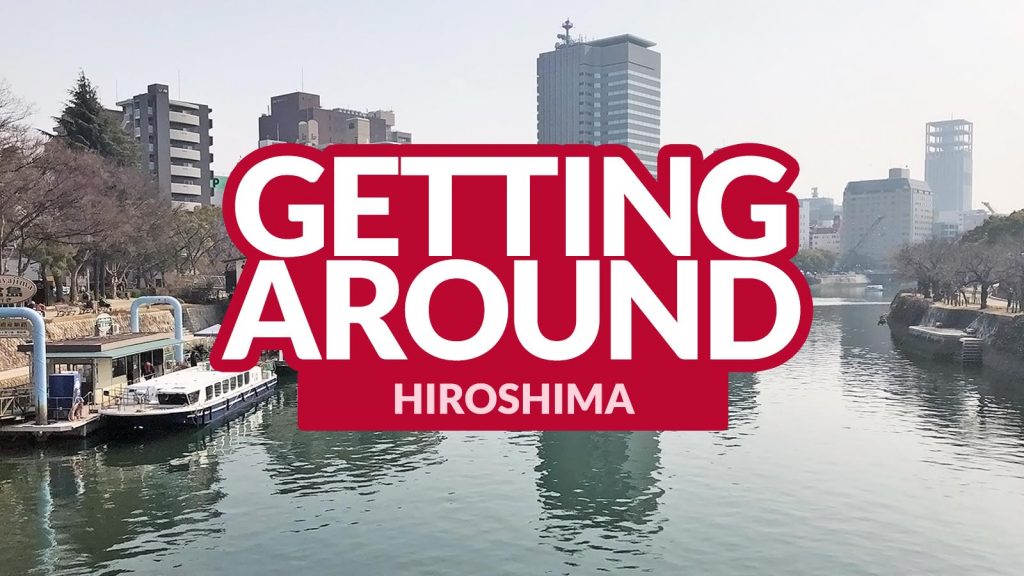
Comments